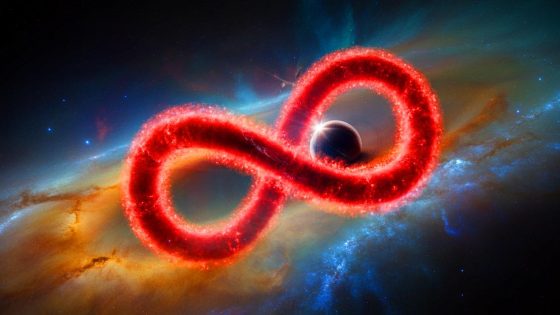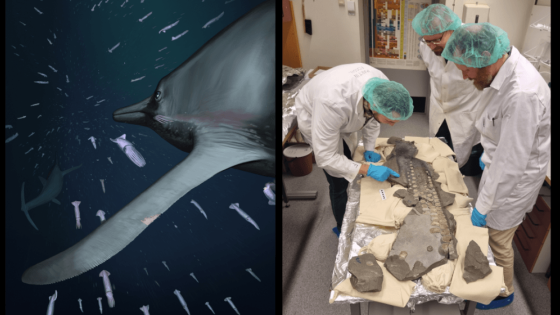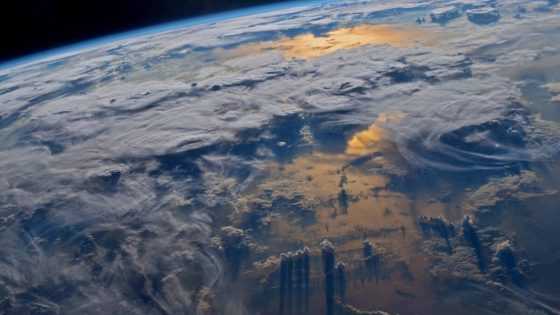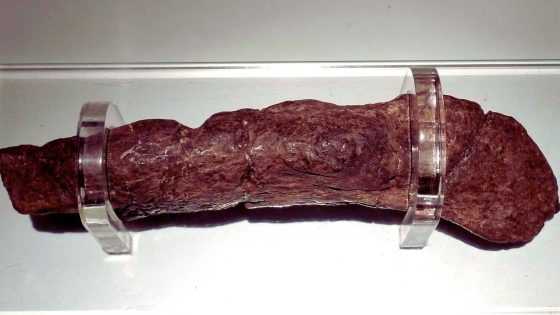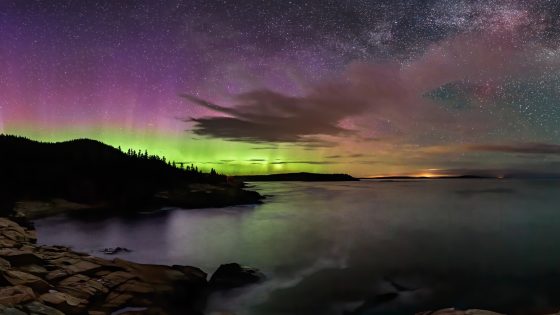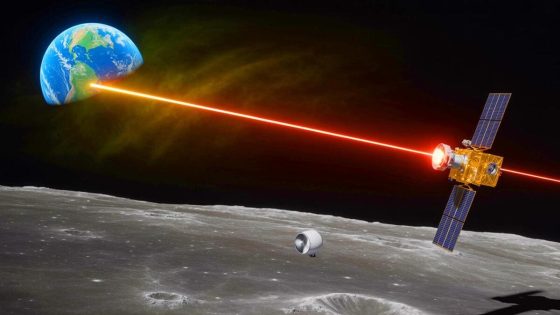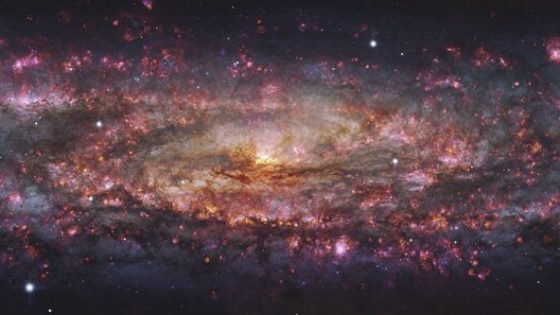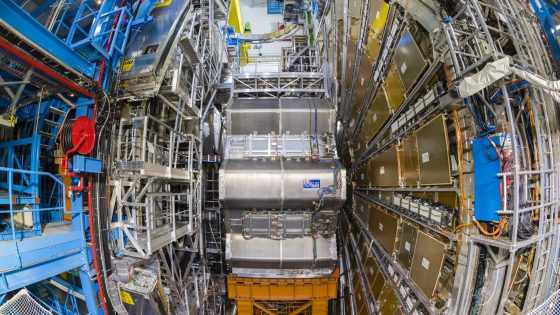The recent discovery of an unusual black hole in the Infinity Galaxy has captivated astronomers and sparked fresh debates in the scientific community. Utilizing the James Webb Space Telescope (JWST), researchers revealed that this galaxy’s unique infinity shape arose from a head-on collision of two disk galaxies. This groundbreaking observation, made on 2025-07-25 00:58:00, challenges traditional theories of black hole formation and offers new insights into cosmic evolution.
- Discovery of unusual black hole in Infinity Galaxy
- Galaxy formed from collision of two disk galaxies
- Challenges traditional black hole formation theories
- Direct collapse black hole may arise from gas cloud
- Heavy seed hypothesis offers new formation insights
- Ongoing research could reshape cosmic evolution understanding
At the core of this discovery lies the concept of direct collapse black holes. Unlike conventional models that suggest black holes form from collapsing stars, this finding implies that massive gas clouds could directly condense into black holes. As scientists analyze the data, they seek to confirm whether the black hole in the Infinity Galaxy originated from such a gas cloud, potentially reshaping our understanding of black hole formation.
This revelation raises crucial questions about the conditions necessary for such rapid black hole formation. Could cosmic collisions be key to these phenomena? The implications are profound:
- Direct collapse could explain early supermassive black holes.
- Gas clouds may behave differently than previously thought.
- Understanding these processes could illuminate the universe’s infancy.
As researchers continue to explore the implications of this finding, the potential for new discoveries in astrophysics remains vast. What other cosmic secrets await US as we push the boundaries of our understanding?



